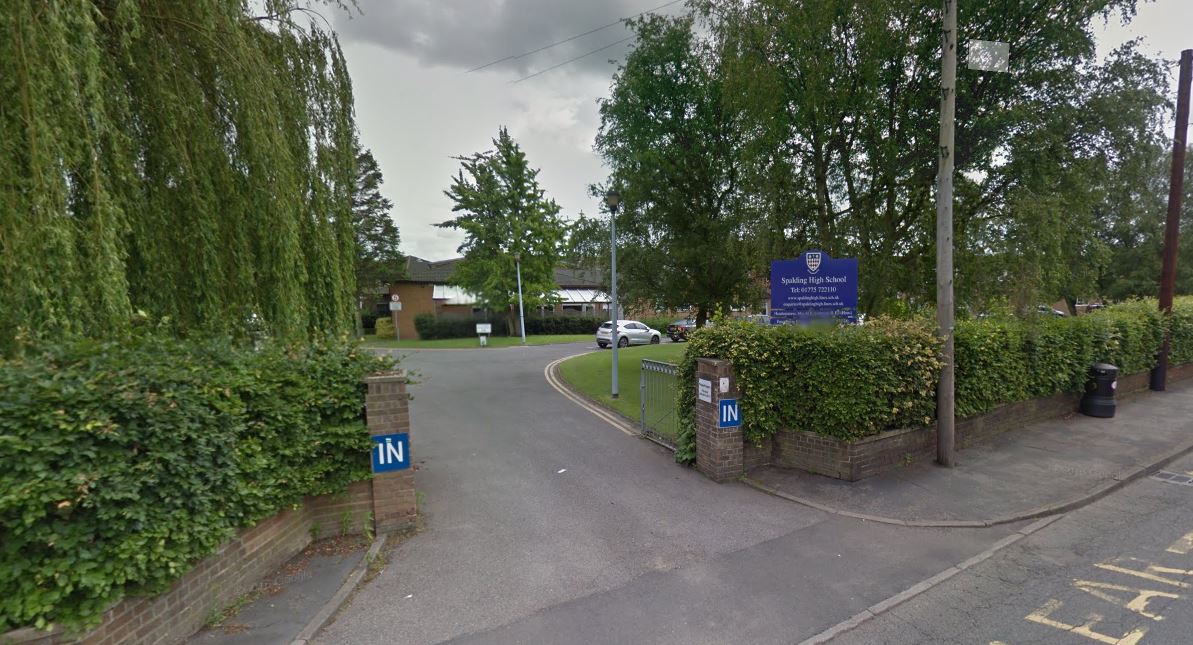 The vets from Alder Veterinary Practice, Bourne Road, Spalding, talk pets and answer your animal-related
The vets from Alder Veterinary Practice, Bourne Road, Spalding, talk pets and answer your animal-related
questions in this new Voice column.
To ask the vets a question, send an email with Alder Vets as the subject line to [email protected]
Medical advances, improved nutrition and a higher quality of life mean that the average life expectancy in the UK has risen significantly over recent years, and the same is true for pets.
Our much-loved cats and dogs are now more likely to live into their teens and even 20s, which is good news for pet owners looking forward to more time with their companion, but also comes with the downside of increasing age-related health problems as our pets grow older.
Joint pain is one of the most frequently recognised effects of ageing, as most owners will notice their pet beginning to slow down and move more stiffly as they grow older.
However, with the right management it is possible to ensure that your older pet remains happy and comfortable throughout their senior years.
One of the most common causes of joint pain in older animals is arthritis, when the soft tissue cushioning the joint becomes inflamed and sore.
Sometimes there is no obvious cause and it is attributed to the general effects of ageing, but it is often found in joints that have been injured in the past.
Arthritis is most commonly seen in larger dogs as their size causes their joints to undergo more strain than those of a smaller, lighter dog.
However, all dogs and cats can be affected by joint pain and arthritis so it is important to keep an eye out for symptoms as they approach their senior years.
Classic signs of joint pain include stiffness, reluctance to play, changes in behaviour when out on walks (for example, lagging behind or turning home early) and sometimes changes in personality are noticed as a response to discomfort.
Many of these signs are difficult to identify in cats – they are very adept at masking pain and discomfort, even when injured.
Cat owners should look out for poor or scruffy coat condition, as stiffness and joint pain may prevent your cat from grooming herself as thoroughly as normal, and changes in habits such as sleeping more and avoiding favourite scratching posts or climbing spots.
Keen hunters may also bring back fewer “presents” than usual.
If you are concerned about your pet’s joints, your veterinary practice should be the first port of call.
The vet will examine your pet and try to identify the most likely cause of discomfort.
In some cases your vet may request X-rays to help them reach a diagnosis and plan the most effective treatment.
They can prescribe various effective medications, but there is more you can do alongside these – there are also many supplements that can help, and hydrotherapy is a great way to keep your animal’s joints moving as well as being fun and helping them to lose weight (which can greatly benefit the joints in itself).
Some vets will offer alternative therapies such as acupuncture, which many animals find beneficial.
With all the joint care options that are available, there is no need to feel that your pet should inevitably be getting slower and stiffer as it gets older – there are many ways to help them have a happy, pain free older age.







